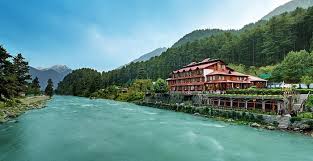
From ₹28950/-
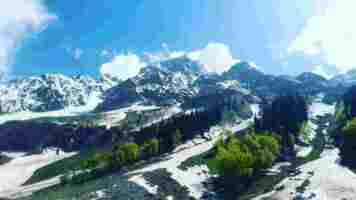
From ₹24640/-
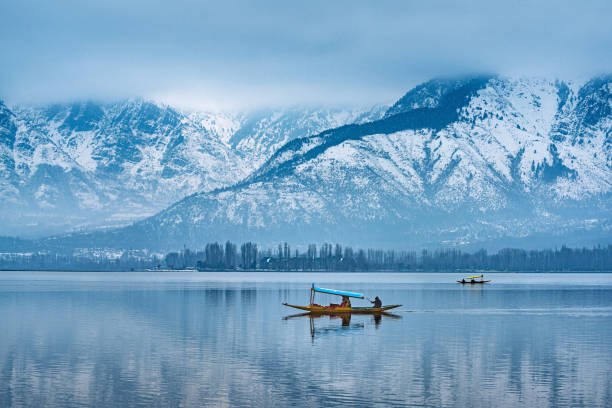
From ₹19360/-
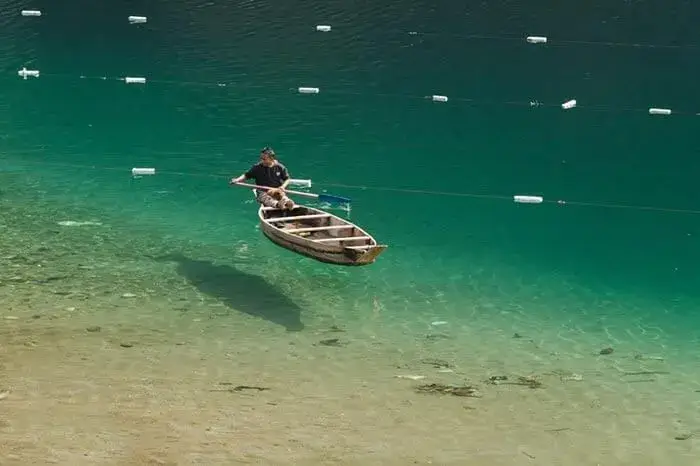
From ₹27,999/-
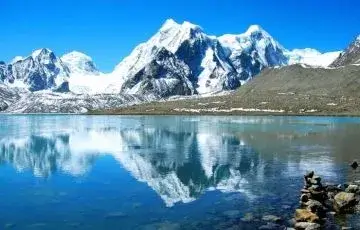
From ₹24999/-
The Northeast region of India is one of the most unique and diverse parts of the country, with a rich cultural heritage and stunning natural beauty. The region is composed of seven states, including Arunachal Pradesh, Assam, Manipur, Meghalaya, Mizoram, Nagaland, and Tripura. Here are some interesting facts about a North East tour:
The Northeast region is known for its stunning natural beauty, which includes snow-capped mountains, lush forests, and pristine rivers. Some of the most popular natural attractions in the area include the Kaziranga National Park, the Dzukou Valley, and the Nohkalikai Falls.
The Northeast region is home to a diverse population of ethnic groups, each with their own unique traditions and cultures. Some of the most well-known groups include the Nagas, the Khasis, and the Mizos.
The Northeast region is often referred to as the "Seven Sisters," in reference to the seven states that make up the region. The term was coined by the first Prime Minister of India, Jawaharlal Nehru, in the 1950s.
The Northeast region is home to some of the most delicious and unique cuisines in India. Some of the most popular dishes in the area include momos, thukpa, and bamboo shoot pickle.
The Northeast region is known for its rich history and cultural heritage, which includes a number of important historical sites and landmarks. Some of the most well-known landmarks in the area include the Kamakhya Temple in Assam, the Tawang Monastery in Arunachal Pradesh, and the Imphal War Cemetery in Manipur.
The Northeast region is home to a number of indigenous tribes, many of which have their own unique languages and cultures. Some of the most well-known tribes in the area include the Khasi, Garo, and Jaintia tribes in Meghalaya, and the Angami, Ao, and Lotha tribes in Nagaland.
The Northeast region is home to a number of endangered species, including the one-horned rhinoceros, the clouded leopard, and the Hoolock gibbon. Conservation efforts are underway to protect these species and their habitats.
The Northeast region is home to some of the most vibrant and colorful festivals in India. Some of the most well-known festivals in the area include the Hornbill Festival in Nagaland, the Bihu Festival in Assam, and the Sangai Festival in Manipur.
The Northeast region is known for its beautiful handloom and handicraft products, which are made using traditional techniques passed down through generations. Some of the most popular products in the area include shawls, sarees, and bamboo handicrafts.
The Northeast region is home to some of the most beautiful and serene monasteries in India. The Tawang Monastery in Arunachal Pradesh, for example, is the largest monastery in India and is known for its stunning architecture and scenic location.
The Northeast region is home to some of the most challenging trekking routes in India. The Dzukou Valley Trek in Nagaland, for example, is known for its stunning views and rugged terrain.
The Northeast region is home to a number of beautiful lakes and waterfalls, which are popular tourist attractions. The Umiam Lake in Meghalaya, for example, is a popular spot for boating and water sports, while the Nohkalikai Falls is the tallest plunge waterfall in India.
The Northeast region is home to some of the most well-preserved wildlife habitats in India. The Kaziranga National Park in Assam, for example, is a UNESCO World